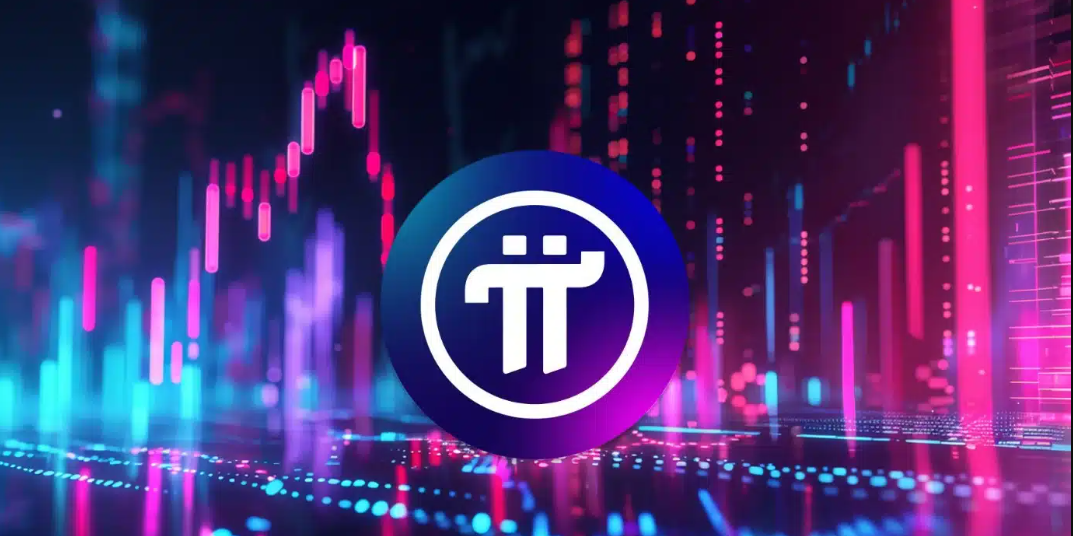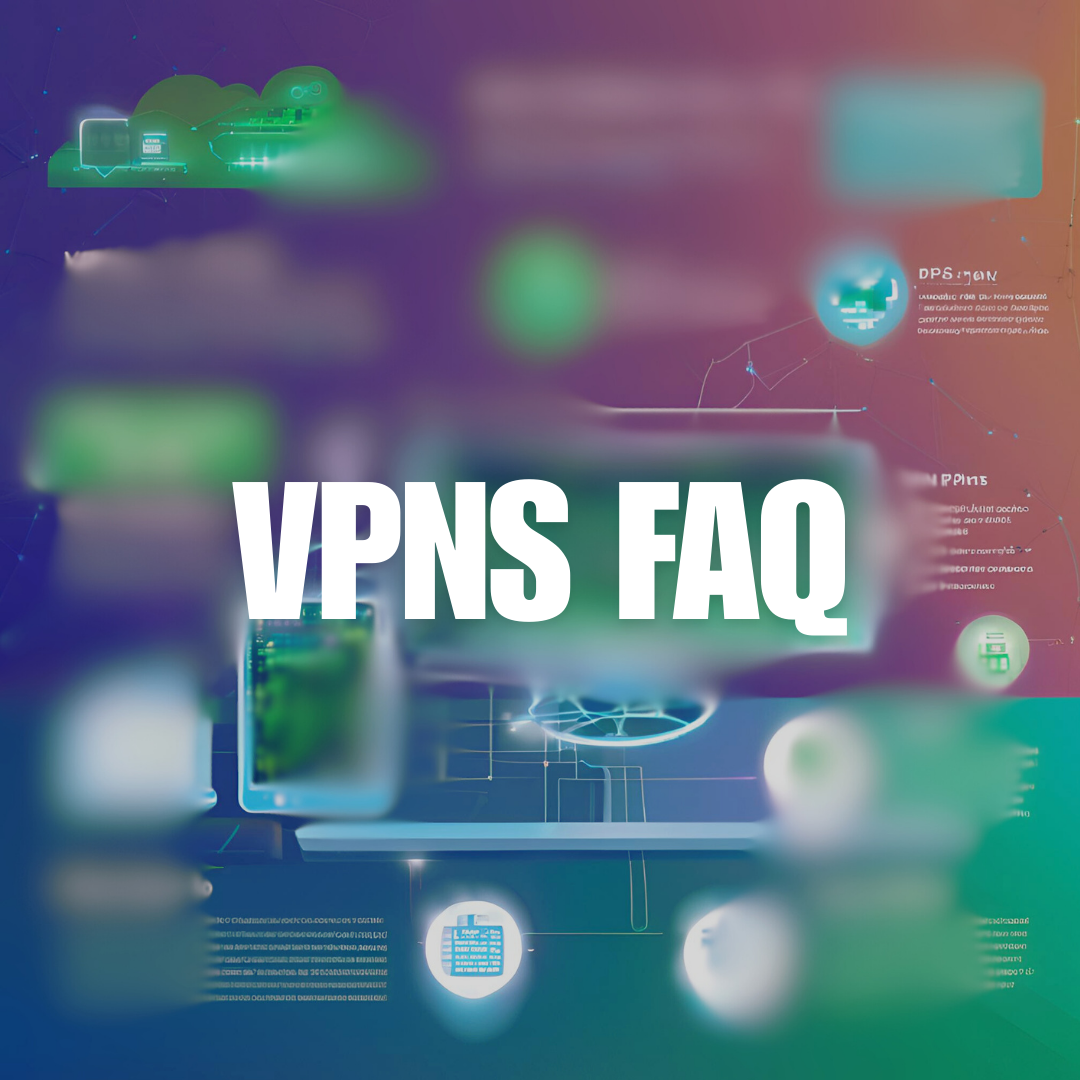PI network
PI network
 Quest Lab Team
Quest Lab Team
Gone are the times when cryptocurrencies were just a technological novelty. Today, they stand as key players in the realms of technology and investment. Among the newest entrants drawing attention is the Pi Network, which is carving out a niche in the digital currency ecosystem with its innovative and user-centric approach to crypto mining. This article delves into the Pi Network's unique features and explores its growing appeal among developers, early adopters, and crypto enthusiasts worldwide.
What is Cryptocurrency Mining?
To understand Pi Network's innovation, it's essential to grasp the concept of cryptocurrency mining. Mining involves verifying transactions and adding them to a blockchain ledger. This process also introduces new coins into circulation. However, traditional mining often demands significant computational power and energy.
Decoding the Pi Network
The Pi Network, launched in 2019, is a cryptocurrency project that enables mobile-based crypto mining. Using a straightforward mobile app, users can mine Pi coins and engage in decentralized transactions. Unlike conventional mining, this approach does not require high-powered equipment.
Founded by Stanford researchers Dr. Chengdiao Fan and Dr. Nicolas Kokkalis, the Pi Network is currently in its 'Enclosed Mainnet' phase, with its full Mainnet launch anticipated by late 2024. Although the coins currently have no market value or exchange listings, their potential valuation sparks curiosity within the crypto community.
"The Pi Network presents a fresh perspective on digital currencies, making mining accessible and affordable for the masses."
The Pros and Cons of Pi Network Mining
The Pi Network stands out by democratizing cryptocurrency mining, offering a simple solution for newcomers. Mining Pi coins requires neither costly hardware nor technical expertise, broadening its appeal. Additionally, it safeguards user data, requiring only basic credentials for sign-up.
Potential Risks
While promising, the Pi Network carries inherent risks:
- The coins currently hold no tradable value.
- The project's success hinges on the Mainnet launch, delayed multiple times.
- Accessibility: Anyone with a smartphone can mine Pi coins.
- Community Support: A robust user base bolsters the network's potential.
The Pi Network symbolizes a pioneering yet uncertain frontier in the cryptocurrency space. Its commitment to innovation and inclusivity offers a glimpse into a new era of digital assets. As blockchain technology continues to evolve, the Pi Network has the potential to reshape how cryptocurrencies are mined and utilized.
The Pi Network's design uniquely integrates user accessibility with a decentralized framework, positioning it as a potential game-changer in the cryptocurrency world. Unlike conventional blockchain networks, Pi Network prioritizes energy efficiency and inclusivity, allowing anyone with a smartphone to participate in its ecosystem.
One of the distinguishing features of the Pi Network is its layered security model. The system builds trust within its user base by employing a consensus mechanism derived from the Stellar Consensus Protocol (SCP). This ensures that transactions are validated by trusted nodes while keeping the network lightweight and scalable.
The Role of Pi Network in Decentralized Finance (DeFi)
Pi Network is also being seen as a potential cornerstone for decentralized finance applications. Its architecture enables secure peer-to-peer transactions, which could evolve into a broader ecosystem supporting smart contracts, lending, and staking once the Mainnet is fully operational. Early adopters are exploring use cases that could extend beyond simple currency exchange.
An interesting aspect of the Pi Network's development is its commitment to environmental sustainability. Traditional cryptocurrencies like Bitcoin are often criticized for their significant carbon footprint due to energy-intensive mining processes. By contrast, Pi Network’s mobile-first mining approach eliminates the need for high energy consumption, making it an eco-friendly alternative.
Milestones and Recent Updates
The Pi Network has surpassed over 45 million active users globally as of 2024, reflecting its growing popularity. The project recently announced advancements in its KYC (Know Your Customer) process, which utilizes artificial intelligence to verify identities more efficiently. This move is intended to strengthen the integrity of its network and prepare for the transition to the Mainnet.
Another key milestone includes partnerships with blockchain-focused startups that aim to integrate Pi as a payment method within decentralized applications (dApps). These partnerships hint at the network's vision for creating a self-sustaining economy powered by Pi coins.
"The scalability and inclusivity of the Pi Network are setting new benchmarks in the cryptocurrency domain, encouraging broader participation across various demographics."
Challenges Ahead
While the Pi Network's approach is revolutionary, it is not immune to skepticism. Critics have raised concerns about its long testing phases and the delayed rollout of the open Mainnet. Some also question whether the Pi coins will achieve substantial real-world value given their current limitations in liquidity and utility.
Regulatory scrutiny is another hurdle that the project might face. As governments worldwide tighten their stance on cryptocurrency operations, compliance with regional and global standards will be crucial for Pi Network’s sustained growth.
Looking Ahead
The Pi Network represents a bold experiment in democratizing cryptocurrency access and redefining mining practices. If successful, it could pave the way for a new class of digital assets that prioritize sustainability and inclusivity without compromising on decentralization. As the project progresses toward its Mainnet launch, the global crypto community watches closely to see if it can deliver on its ambitious promises.
In summary, the Pi Network's journey so far underscores the growing demand for accessible and eco-friendly blockchain solutions. Whether it becomes a staple in the decentralized economy or remains a niche experiment will depend on how well it overcomes its current challenges and adapts to the ever-evolving crypto landscape.

Quest Lab Writer Team
This article was made live by Quest Lab Team of writers and expertise in field of searching and exploring
rich technological content on Cryptocurrency and its future with its impact on the modern world



